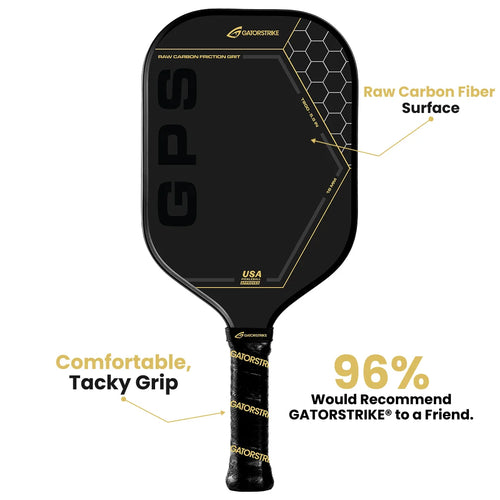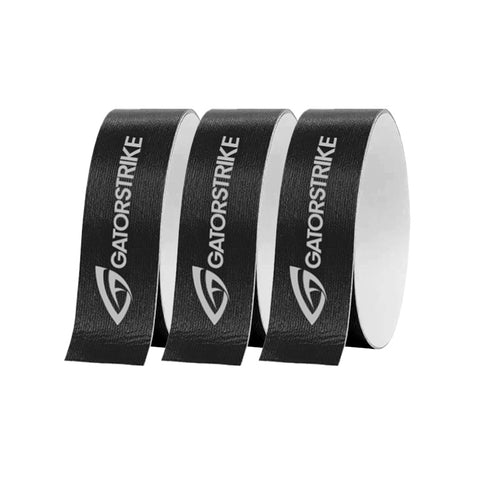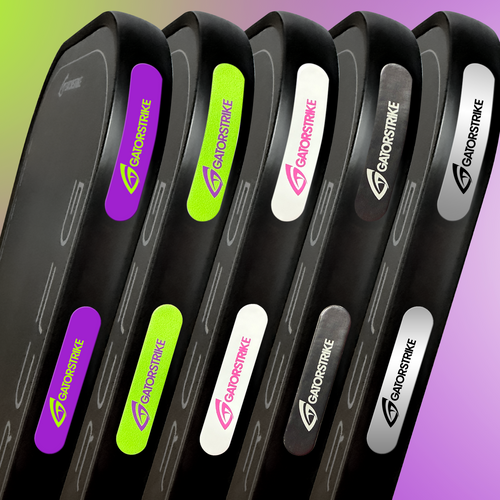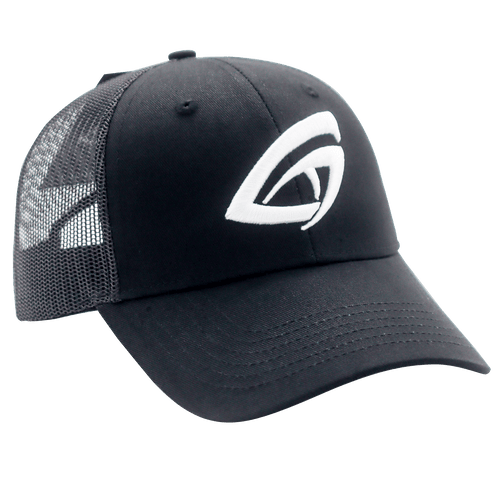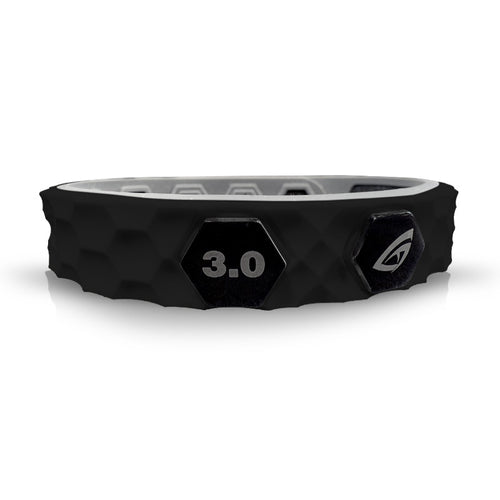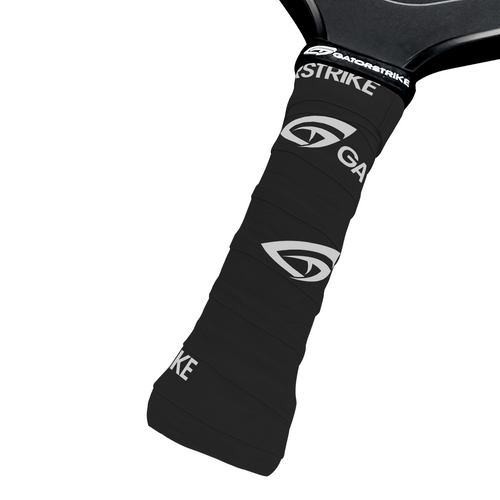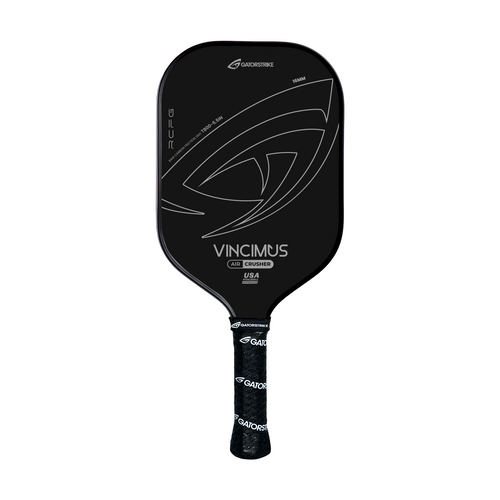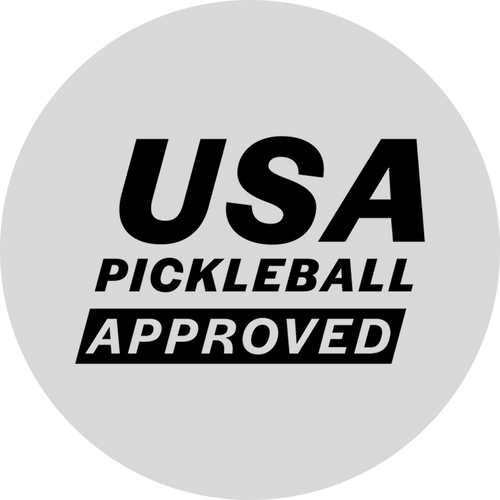
Adaptive Pickleball: Making the Game Accessible for All Abilities
Share
Pickleball, a dynamic blend of tennis, badminton, and ping-pong, has rapidly gained popularity across diverse age groups and skill levels. Its adaptability and inclusive nature have paved the way for adaptive pickleball, ensuring that individuals with varying physical, cognitive, and sensory abilities can engage in the sport. This evolution not only promotes physical activity but also fosters community, empowerment, and joy among participants.
🎯 Understanding Adaptive Pickleball
Adaptive pickleball refers to modifications in equipment, rules, and play environments to accommodate players with disabilities. These adaptations aim to maintain the essence and competitiveness of the game while ensuring accessibility for all participants.
🛠️ Key Modifications and Equipment
1. Wheelchair Pickleball
In wheelchair pickleball, players use sport-specific wheelchairs designed for agility and speed. Rule adjustments include:
- Two-Bounce Rule: The ball is allowed to bounce twice before a return, with the second bounce permitted outside the court boundaries.
- Serving Position: Players must serve with the rear wheels behind the baseline.
These modifications ensure that wheelchair users can compete effectively and safely.
2. Visual and Auditory Aids
For players with visual impairments:
- Audible Balls: Balls equipped with bells or other sound devices help in tracking.
- High-Contrast Equipment: Using brightly colored balls and paddles enhances visibility.
For players with hearing impairments:
- Visual Signals: Hand gestures and light signals replace auditory cues.
These aids ensure that sensory-impaired players can fully participate and enjoy the game.
3. Cognitive Accessibility
For individuals with cognitive disabilities:
- Simplified Rules: Adjusting game rules to match comprehension levels.
- Structured Play: Implementing clear routines and consistent play formats.
These strategies promote understanding, engagement, and enjoyment.
🤝 Building Inclusive Communities
Adaptive pickleball is more than just modified gameplay; it's about fostering inclusive communities. Organizations worldwide are embracing this ethos:
- Adaptive Pickleball (APB): Hosting events and clinics tailored for players with disabilities.
- USA Pickleball Association: Incorporating wheelchair divisions in tournaments, promoting competitive opportunities.
These initiatives not only provide platforms for play but also cultivate environments of acceptance and camaraderie.
🌍 Global Impact and Growth
The adaptive pickleball movement is gaining momentum globally:
- Infrastructure Development: Cities are constructing accessible courts and facilities.
- Educational Programs: Training coaches and volunteers to work with adaptive players.
- International Collaboration: Sharing best practices and resources across borders.
These efforts are instrumental in making pickleball a universally accessible sport.
🏁 Conclusion
Adaptive pickleball exemplifies the spirit of inclusivity in sports. By embracing modifications and fostering supportive communities, it ensures that everyone, regardless of ability, can experience the joy and benefits of the game. As the sport continues to evolve, its commitment to accessibility serves as a model for other athletic endeavors.
